Litecoin, often referred to as "digital silver" compared to Bitcoin's "digital gold," is a 2011-created cryptocurrency by ex-Google engineer Charlie Lee. It boasts faster transaction times and lower fees than Bitcoin, operating on an open-source platform for security and adaptability. This makes Litecoin appealing for NFT buyers and sellers due to its quick confirmation times and low entry barriers. With a growing community and solid foundation, Litecoin is poised to facilitate secure buying, selling, and trading of digital assets, including NFTs, offering artists and collectors a cost-effective and global solution. Its enhanced scalability could address the current challenges in the broader NFT acceptance, such as high costs and slow processing times on networks like Ethereum.
Can Litecoin, a digital peer-to-peer currency, facilitate the growth of the NFT ecosystem? This article explores the potential of Litecoin to support Non-Fungible Tokens (NFTs), highlighting challenges like scalability and cost concerns. We delve into Litecoin’s existing role in blockchain technology and uncover potential use cases that could revolutionize the art world and beyond. By understanding Litecoin, we gain insights into how it might navigate the complexities of NFT adoption and unlock new possibilities for both currencies.
- Understanding Litecoin: A Digital Peer-to-Peer Currency
- The Rise of Non-Fungible Tokens (NFTs): Disrupting Art and Beyond
- Challenges Facing NFT Adoption: Scalability and Cost Concerns
- How Litecoin Can Facilitate the Growth of NFTs
- Exploring Litecoin's Existing Role in Blockchain Technology
- Potential Use Cases for Litecoin in the NFT Ecosystem
Understanding Litecoin: A Digital Peer-to-Peer Currency
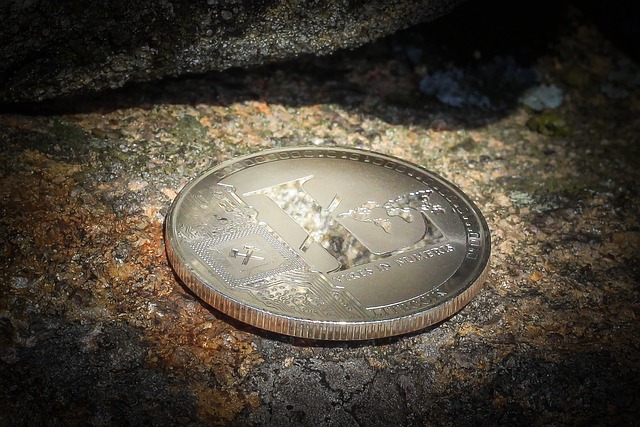
Litecoin, often referred to as “digital silver” to Bitcoin’s “digital gold,” is a peer-to-peer cryptocurrency created in 2011 by Charlie Lee, a former Google engineer. It was designed to offer faster transaction times and lower fees than its predecessor, Bitcoin. Litecoin operates on an open-source platform, allowing for greater flexibility and the ability to adapt to changing needs. Its decentralized nature ensures that transactions are secure and transparent, with no central authority controlling the network. This inherent feature makes Litecoin a robust choice for various digital transactions, including those within the burgeoning NFT ecosystem.
The currency’s rapid confirmation times and relatively lower barriers to entry compared to Bitcoin make it attractive for NFT buyers and sellers, who often require swift and cost-effective transactions. Moreover, Litecoin’s growing popularity and established community provide a solid foundation for fostering an NFT market, where digital assets can be bought, sold, and traded with ease and security.
The Rise of Non-Fungible Tokens (NFTs): Disrupting Art and Beyond
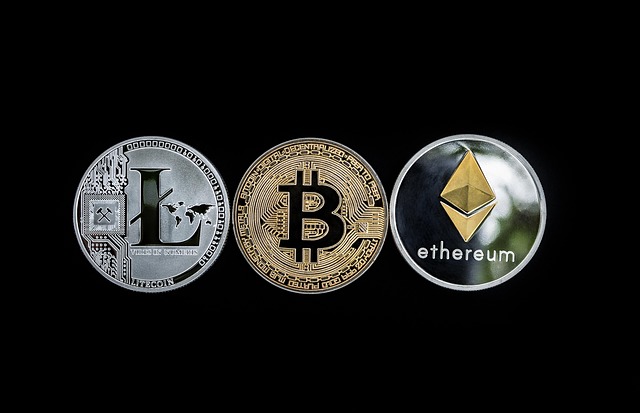
The world of art and collectibles has undergone a radical transformation with the advent of Non-Fungible Tokens (NFTs). What was once considered a niche market for digital artists and collectors has exploded into a global phenomenon, disrupting traditional notions of ownership and value. NFTs represent unique digital assets, each with its own distinct identity and provenance, stored on a blockchain. This technology ensures that the ownership history of these digital items is transparent and secure, allowing artists to monetize their creations in new ways.
Litecoin, as a leading cryptocurrency, can play a pivotal role in fostering this emerging NFT ecosystem. Its fast transaction times and lower fees compared to other blockchains make it an attractive option for facilitating the buying, selling, and trading of NFTs. With Litecoin’s growing acceptance and stability, users can have greater confidence in engaging with digital art markets, potentially opening up new avenues for artists and collectors alike.
Challenges Facing NFT Adoption: Scalability and Cost Concerns
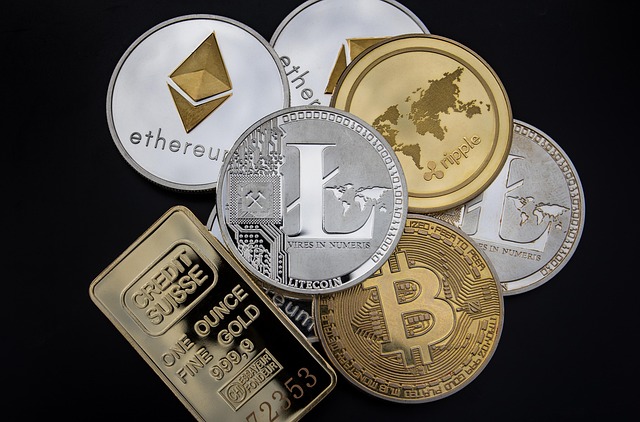
The rise of Non-Fungible Tokens (NFTs) has sparked excitement in the crypto space, but their widespread adoption is hindered by significant challenges. One of the primary concerns is scalability, as blockchain networks like Ethereum, currently the most popular for NFTs, struggle to handle a large number of transactions efficiently. This issue leads to higher costs and slower processing times, making it less appealing for users and developers.
Litecoin, known for its faster transaction speeds and lower fees compared to Bitcoin, could offer a potential solution to these problems. Its enhanced scalability makes it a compelling choice for supporting an NFT ecosystem, enabling faster and more cost-effective transactions. By providing a more efficient alternative, Litecoin may help address the concerns that have slowed down the broader acceptance of NFTs.
How Litecoin Can Facilitate the Growth of NFTs
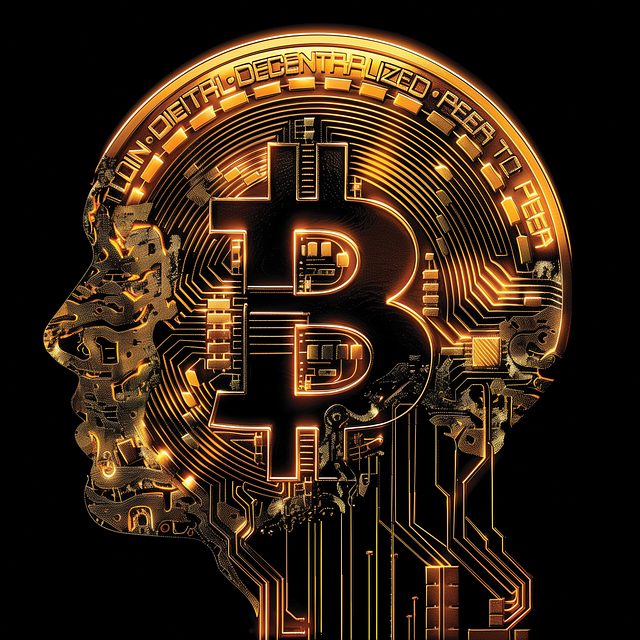
Litecoin, with its established track record as a reliable and fast cryptocurrency, can play a pivotal role in facilitating the growth of NFTs. Its low transaction fees and near-instant processing times make it an attractive option for artists and collectors looking to buy, sell, or trade digital assets efficiently. This speed and cost-effectiveness can encourage broader adoption of NFTs, making them more accessible to a wider audience.
Furthermore, Litecoin’s robust community and established market position provide a stable environment for NFT projects to thrive. The litecoin network’s resistance to frequent price fluctuations offers artists and collectors added security when engaging in transactions. This stability can foster trust and confidence, driving further interest and participation in the nascent NFT ecosystem.
Exploring Litecoin's Existing Role in Blockchain Technology
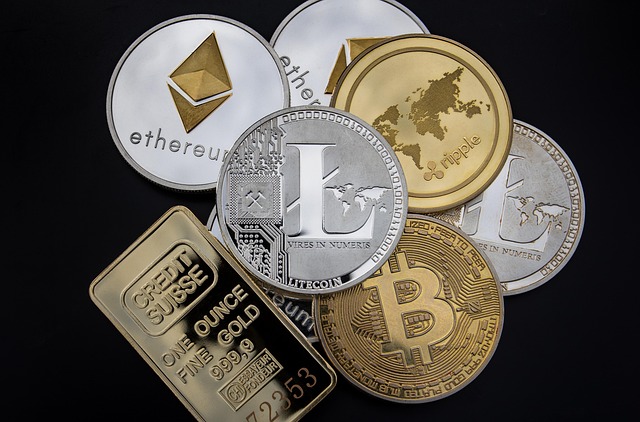
Litecoin, often referred to as the “silver to Bitcoin’s gold,” has carved out a unique position in the blockchain landscape. Introduced in 2011, it was designed to offer faster transaction times and lower fees compared to its more prominent sibling. Over the years, Litecoin has gained recognition for its robust network and robust community support. Its underlying technology, a fork of Bitcoin’s codebase, allows for enhanced scalability and faster block generation, making it suitable for various use cases beyond peer-to-peer currency exchange.
The network’s existing infrastructure and user base provide a solid foundation for exploring new possibilities, including its potential role in the nascent NFT (non-fungible token) ecosystem. Litecoin’s ability to process transactions quickly and cost-effectively can facilitate efficient trading and transfer of digital assets, opening up new avenues for artists, collectors, and creators to monetize their work and engage with a global audience.
Potential Use Cases for Litecoin in the NFT Ecosystem
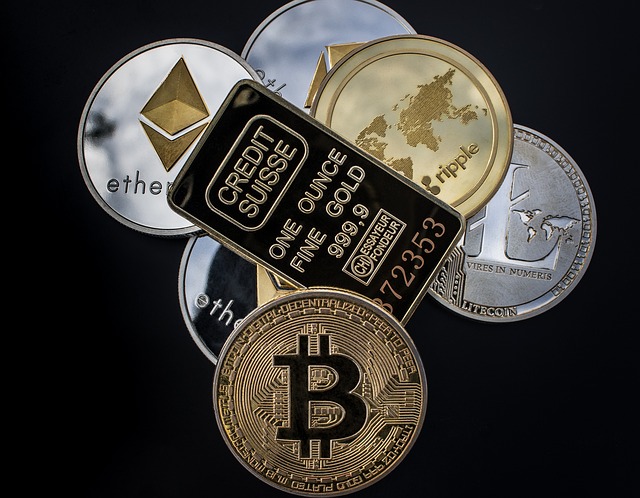
Litecoin, with its established track record as a reliable and fast digital currency, presents several intriguing potential use cases within the NFT (Non-Fungible Token) ecosystem. One key advantage lies in its low transaction fees compared to other cryptocurrencies, making it an attractive option for users looking to mint or trade NFTs efficiently while minimizing costs. This is particularly beneficial for artists and creators who wish to bring their digital creations to market without incurring substantial fees.
Furthermore, Litecoin’s global reach and widespread adoption provide a robust infrastructure for facilitating cross-border NFT transactions. Its decentralized nature ensures that artists maintain control over their digital assets, fostering trust and security in the process. The versatility of Litecoin offers a promising avenue for exploring new ways to monetize digital art, gaming assets, and other unique items within the NFT space.
Litecoin, with its established blockchain infrastructure and robust transaction capabilities, presents a compelling solution for facilitating the growth of the NFT ecosystem. By addressing critical challenges like scalability and cost, Litecoin can enable faster, more affordable transactions, fostering broader NFT adoption. Its existing role in blockchain technology positions it as a game-changer, offering new possibilities for artists, collectors, and investors alike to engage with the dynamic world of non-fungible tokens.
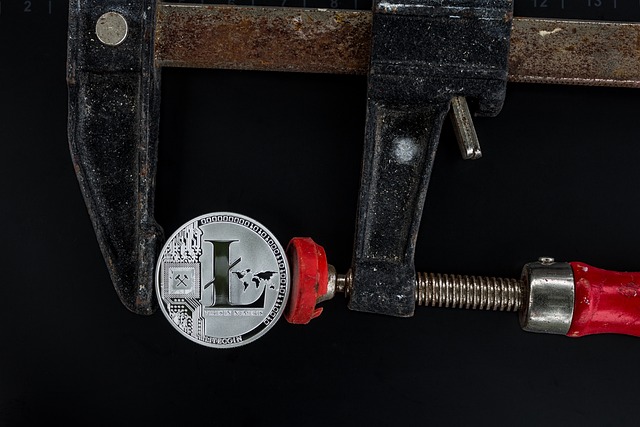




Leave a Reply